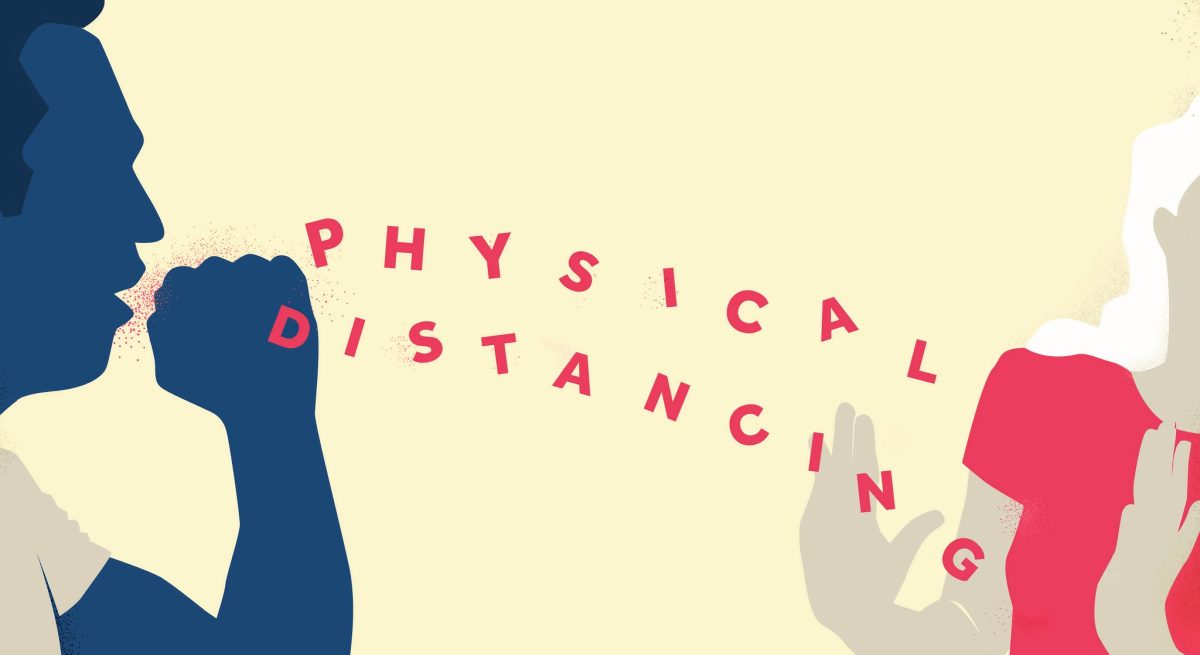More Permanent Regulatory Flexibility Required to Revive Hospitality’s Long-Term Survival
4 Min Read By Marbet Lewis
Restaurants and hospitality venues remain closed throughout the U.S. with little guidance on anticipated timelines or re-opening strategies. Beyond the current operational and financial issues plaguing the hospitality industry lies a very difficult reality. There is no “on” switch that will bring our hospitality industry back to service. Long-term success will depend on re-envisioning traditional concepts and strategic development of new operational practices that integrate practical social distancing protocols with more permanent delivery/take-out platforms. However, our legislative system is not flexible enough to pivot with the changing times and needs of the hospitality industry. Any short-term progress must be supported by long-term regulatory changes with attention to a new normal that may mean reduced on-site capacity and stringent illness contamination control policies.
These heightened food safety standards and consumer expectations are sure to continue after reopening and could possibly lead to more permanent requirements.
The national narrative has shifted in recent weeks to talks of reopening and public safety concerns with implementation of effective social distancing protocols. The U.S. Food & Drug Administration (FDA) has updated and released a best practice guide focused on food and beverage service during the COVID-19 pandemic. The guide provides recommendations for managing employee health, employee hygiene, and various operational issues including new standards for cleaning and sanitation of equipment and managing ongoing food pick-up and delivery. New recommended standards account for the likely continued implementation of social distancing and sanitation protocols, which will all increase operational costs immediately. The increased costs are primarily associated with the continued need for expanded employee personal protective equipment, upgraded cleaning and sanitation, integration of new take-out and delivery technology, and acquiring new secure take-out packaging and no-touch food processing equipment. These heightened food safety standards and consumer expectations are sure to continue after reopening and could possibly lead to more permanent requirements.
While the hospitality industry has been slowly adapting to strict social distancing protocols, with many on-premise service establishments having already taken-on a significant cost increase in continuing to operate during the pandemic, reduced capacity requirements will present ongoing financial obstacles for the industry. Fortunately, we have witnessed the resiliency of the industry over the past several weeks, primarily in its ability to adapt and innovate at a remarkable rate. Because of that resiliency, the hospitality industry can restart its 2020 in the new normal, with long-term integration of some of its COVID-19 pandemic services. Take-out and delivery sales were slow to get started early on in the initial pandemic shutdowns. More recent data and reports show an increased consumer interest in take-out and delivery options as people settle at home and become more comfortable in their stay-at-home social lives.
The peaked consumer interest in at-home convenience services may come from the increased availability of at-home comfort options and looking-ahead vacation packages popping up on all our digital feeds. Some of the new food and alcohol service options at restaurants include sealed margherita jugs, beer growlers, ready-to-cook meals, grocery and produce packages, and family style options. These innovations in menu offerings seem almost common sense now in a market flooded with third-party delivery services, but it would be a shame to see these unique convenience offerings disappear. In fact, the restaurant industry may be able to lean on its new convenience menus to balance profit loss from ongoing capacity reductions and other losses from lost patron traffic. Hotels may need to integrate similar convenience options, including expanded in-room amenities and entertainment options, for on-premise guests as cautious guests may stay room-bound for longer periods of time instead of lounging at lobby bars or restaurants.
The restaurant industry may be able to lean on its new convenience menus to balance profit loss from ongoing capacity reductions and other losses from lost patron traffic.
Unfortunately, as social distancing protocols fade, it is likely that flexible emergency orders that have allowed such rapid innovation will also expire. The expiration of emergency orders allowing restaurants to offer to-go alcoholic beverages, for example, will mean those businesses may need to balance additional profit loss with greater access to credit. Off-premise liquor stores have also benefited from emergency orders allowing more expanded delivery and curb side pick-up options for package alcohol orders that will expire. Other emergency orders have relaxed restrictions on purchases of alcohol inventory on credit or consignment, which may prove crucial to smaller restaurants. These minor allowances, while initially intended as temporary measures, may need to become permanent to balance profit loss and the ongoing reduction in on-site patron traffic that the industry may continue to struggle with for months.
The financial loss to the hospitality industry is not isolated within the on-premise group. Reduction in traffic to on-premise venues also trickles down to wholesalers and suppliers through reduced purchasing and requested inventory buy-backs that are now permissible in some states. The supplier and wholesale tiers have been able to off-set losses from the on-premise industry by the surge in packaged alcohol sales, as the public built up home stockpiles and any inventory buy-backs were rerouted for off-premise sales. As consumers turn their attention away from stockpiling luxury goods, like alcohol, off-premise retailers, suppliers, and wholesalers will also need to benefit from flexibility in current regulations to offer each other additional brand support and better negotiated purchasing terms.
While the road back to a thriving hospitality industry may take much longer than it did to cripple it, new reopening guidance is being offered daily through the FDA websites, CDC, and various other non-profit industry organizations. The financial obstacles, however, will require more industry wide effort to push for permanent flexibility in regulatory laws that will interfere with business efforts to maximize profit and integrate new service standards and ongoing social distancing guidelines as they gradually fade from the norm of daily life.


